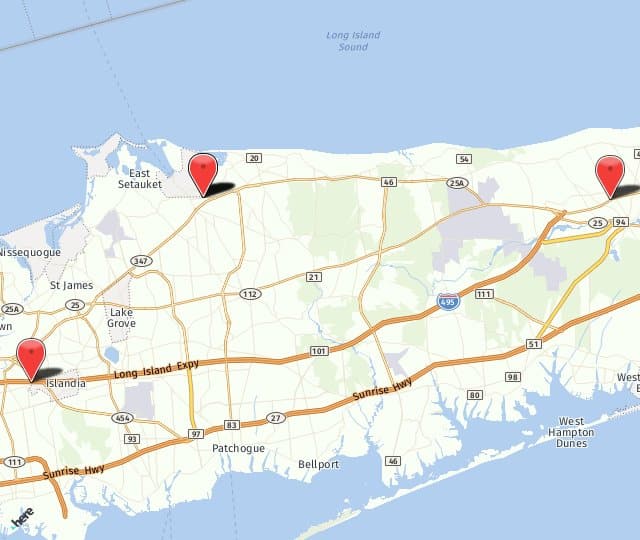
How a Lower Extremity Ultrasound Works
A lower extremity ultrasound utilizes high-frequency sound waves to create detailed images of the veins in your legs. This imaging method helps vascular specialists evaluate blood flow and detect potential issues such as blockages, weakened valves, or irregular circulation patterns.
During the procedure, a trained vascular technologist applies a water-based gel to the skin and moves a handheld transducer over the area being examined. The process is completely painless, does not expose you to radiation, and typically takes between 30 and 60 minutes to complete. The images obtained provide valuable insights into your vascular health, allowing for accurate diagnosis and treatment planning.
Conditions Diagnosed with Ultrasound Imaging
A lower extremity ultrasound helps detect a range of vein-related conditions, including:
- Deep Vein Thrombosis (DVT): Blood clots that develop in deep veins, which can pose serious health risks if left untreated.
- Chronic Venous Insufficiency: A condition where veins have difficulty circulating blood back to the heart, often causing swelling, discomfort, or skin changes.
- Varicose Veins: Enlarged veins that may lead to pain, heaviness, or skin discoloration over time.
- Peripheral Artery Disease (PAD): A condition that occurs when narrowed arteries reduce blood flow to the legs, potentially leading to pain, cramping, or ulcers.
Preparing for the Ultrasound Exam
Minimal preparation is required for a lower extremity ultrasound. You may be advised to wear loose-fitting clothing and avoid applying lotions or oils to your legs before the appointment. The test is performed while you are on an examination table, and you may need to shift positions occasionally to allow the technologist to capture clear images of your veins.
The Importance of Early Detection
Addressing vein conditions early can help prevent complications such as blood clots, persistent swelling, and skin ulcers. A lower extremity ultrasound provides real-time imaging, enabling your specialist to assess your condition and recommend the best course of treatment. Depending on your diagnosis, treatment options may include lifestyle adjustments, compression therapy, or minimally invasive procedures to improve circulation and reduce symptoms.
Expert Vein Care in Suffolk County
If you are experiencing leg pain, swelling, or other vein-related symptoms, the specialists at Suffolk Vascular & Vein Center are here to help. With multiple locations in Suffolk County, our team provides expert diagnostic services and advanced vascular care to support your health. To schedule an appointment, call our offices in Port Jefferson Station at 631-476-9100, Hauppauge at 631-979-0222, or Riverhead at 631-591-9003.

